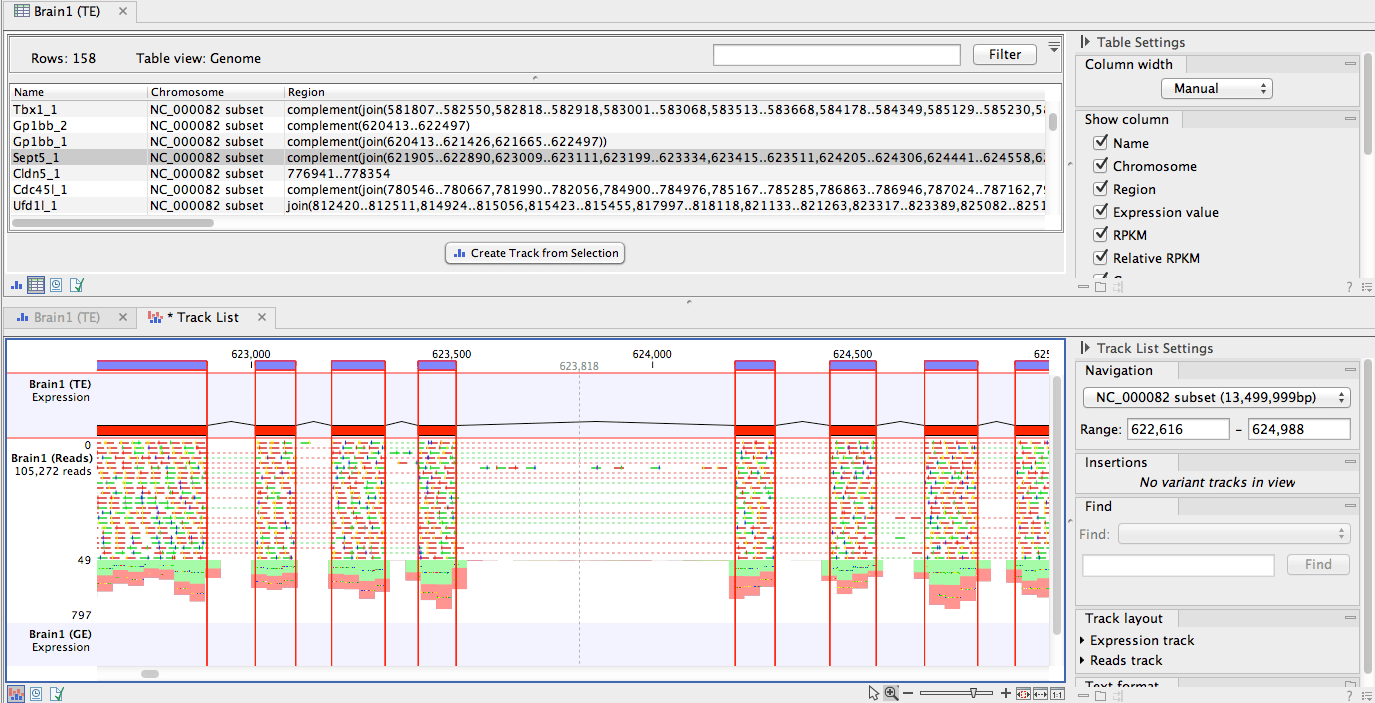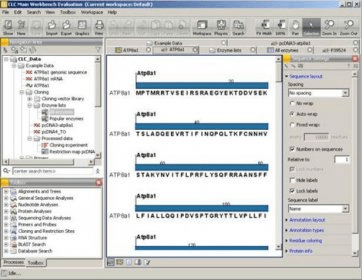

To date there is no prophylaxis for CAKUT available.ĬAKUT cover a wide range of structural and functional malformations that result from defects in the morphogenesis of the kidney and/or the urinary tract. They constitute the most frequent cause of end-stage renal disease (ESRD) in children, accounting for approximately 50% of all cases 3. We hereby identify heterozygous missense mutations in FRAS1 and FREM2 as a new cause of non-syndromic CAKUT in human.Ĭongenital abnormalities of the kidney and urinary tract (CAKUT) occur in about 3–6 per 1,000 live births and constitute 20–30% of all anomalies identified in the neonatal period 1, 2. Recessive truncating mutations in FRAS1 and FREM2 were known to cause Fraser syndrome in humans and mice, whereas a phenotype in heterozygous carriers has not been described.

All mutations were absent from 96 healthy control individuals and had a PolyPhen score of >1.4 (“possibly damaging”). We detected 5 heterozygous missense mutations in 2 candidate genes that were not previously implicated in non-syndromic CAKUT in humans, 4 mutations in the FRAS1 gene and 1 in FREM2. We repeated the experiment to cover 40 patients in total (29 with unilateral renal agenesis and 11 with other CAKUT phenotypes). Mutation carriers were identified using Sanger sequencing. PCR products were then subjected to massively parallel exon resequencing. We pooled DNA of 20 individuals and amplified by PCR all 313 exons of 30 CAKUT candidate genes. We therefore applied our newly developed approach of DNA pooling with consecutive massively parallel exon resequencing to overcome this problem. To identify new causative genes many candidate genes need to be analyzed due to the broad genetic locus heterogeneity of CAKUT.

Although many forms of CAKUT are likely caused by single-gene defects, only few causative genes have been identified. Congenital abnormalities of the kidney and urinary tract (CAKUT) constitute the most frequent cause of chronic kidney disease in children, accounting for ~50% of all cases.


 0 kommentar(er)
0 kommentar(er)
